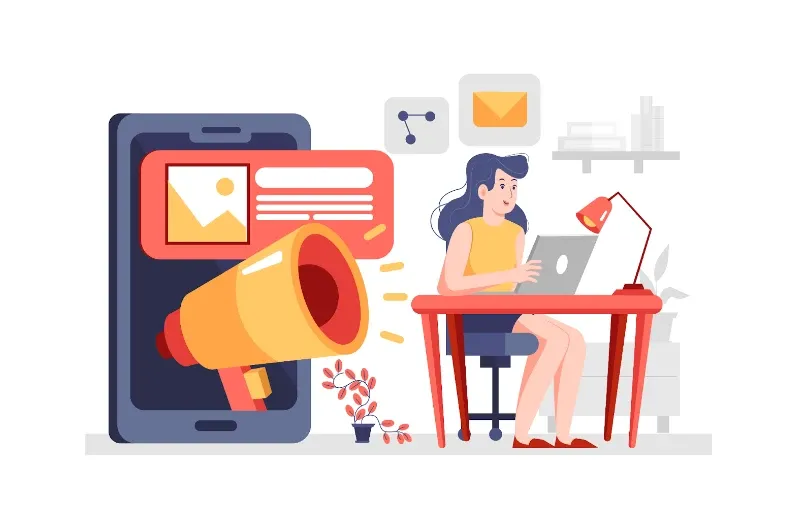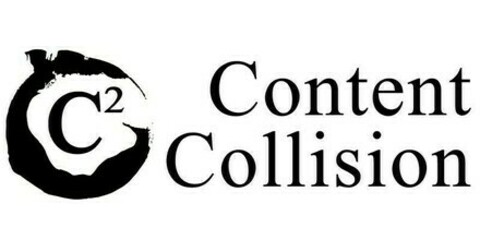Traditional vs viral marketing: navigating the paradigm shift in advertising
Explore the pros and cons of viral and traditional marketing strategies.

Viral marketing leverages the power of social sharing to amplify content across digital platforms, creating a word-of-mouth effect that traditional channels like television and radio usually can’t match. This shift not only reaches a broader, often more engaged audience but also aligns well with the cost-effective needs of modern businesses. And with AI tools, it becomes easy to make viral marketing videos.
Unlike traditional marketing, which casts a broad net through mass media to capture as many viewers as possible, viral marketing thrives on precision and relevance. It strategically targets niche audiences by disseminating content through social networks, ensuring that messages reach people already interested in similar topics, thereby improving the impact of marketing efforts.
Traditional marketing often demands considerable investment in media purchases and production, making it a more expensive choice. Viral marketing, on the other hand, minimizes upfront costs by creating shareable content that spreads organically, reducing the need for large budgets and offering a higher return on investment through increased organic reach.

Viral marketing gains an edge by presenting relatable content, building trust, and strengthening consumer connections. Traditional marketing, with its polished and professional approach, may struggle to create the same level of personal engagement, as audiences sometimes view it as distant or inauthentic.
The interactive nature of viral marketing further enables direct consumer engagement through comments, shares, and likes. This interaction is challenging to achieve with traditional methods, which typically offer limited opportunities for audience participation.
However, viral marketing’s unpredictability and lack of content control can present challenges. Brands may struggle to manage the narrative or handle negative reactions that can quickly spread in today’s connected world. Additionally, viral content often has a short life span, making it harder to maintain sustained engagement or achieve long-term impact.
Another consideration is that not all content resonates strongly enough to go viral, leading to inconsistent results. While viral marketing can generate substantial reach at a lower cost, it may not deliver the reliable returns that traditional approaches, with their structured campaigns, can offer.
Despite these challenges, viral marketing remains an appealing choice for brands seeking fast, broad-reaching impact without high costs. A single piece of content can go viral within hours, reaching audiences globally and surpassing the geographical and temporal limits of traditional methods.
Traditional marketing campaigns
Coca-Cola's "Share a Coke" initiative, which was first launched in Australia in 2011 and quickly expanded globally due to its immense success. The campaign replaced the iconic Coca-Cola logo on bottles with common first names and invited consumers to find bottles with names that held personal significance to them, encouraging sharing with friends and family.
Launched in 1988, Nike’s “Just Do It” campaign is a simple yet powerful slogan. Accompanied by television ads featuring athletes from various sports, which helped cement Nike's image as a motivational brand that encourages sportsmanship and perseverance. The campaign initially aimed to gain a foothold in the fitness apparel market, but it grew to symbolize empowerment beyond sports.

Viral marketing campaigns
One of the most successful viral marketing campaigns is the ALS Ice Bucket Challenge, which exploded across social media platforms in the summer of 2014. The challenge involved people dumping a bucket of ice water over their heads and nominating others to do the same within 24 hours, or donate to the ALS Association to fund research for amyotrophic lateral sclerosis (Lou Gehrig’s disease). This campaign not only raised awareness but also led to significant contributions, amassing over US$115 million for ALS research, demonstrating the massive potential of viral marketing for charitable causes.
Another example of viral marketing is Old Spice’s “The Man Your Man Could Smell Like” campaign launched in 2010. The campaign featured actor Isaiah Mustafa as the Old Spice Man in a series of rapid, witty, and visually engaging commercials that began on TV but took on a life of their own online. The real viral element kicked off when Old Spice responded to fans' comments on Twitter, Facebook, and other social media platforms with personalized videos from Mustafa, further fueling the fire.
AI in traditional and viral marketing
Artificial intelligence (AI) has the potential to changing both traditional and viral marketing strategies by enhancing personalization, optimizing campaigns, and providing deep insights into consumer behavior.
In traditional marketing, AI can be used to analyze demographic data and media consumption habits more effectively, allowing marketers to target their advertisements with greater precision. For example, AI algorithms can process large sets of data from various sources to identify the most effective times and platforms for television or radio ads, thus maximizing reach and engagement with the intended audience. Additionally, AI-driven analytics can help refine messaging and content to appeal to specific consumer segments, enhancing the impact of print campaigns and direct mail.
In the realm of viral marketing, AI takes on a dynamic role by helping to predict and amplify the virality of content. Through the use of machine learning models, AI can analyze past campaign performances and social media engagement patterns to identify the types of content that are most likely to go viral.
This predictive capability allows marketers to strategically craft their content, from the timing of posts to the selection of platforms for distribution. Moreover, AI can automate the process of A/B testing various elements of a campaign in real time, quickly iterating based on user engagement to optimize the content's appeal and shareability.
Ultimately, the integration of AI into both traditional and viral marketing strategies represents a transformative shift that enhances targeting accuracy, campaign adaptability, and cost-efficiency.
ContentGrow is a managed talent network for brands and publishers to work with high-quality freelance writers and journalists worldwide. Sign up to get started or book a discovery call to learn more.





